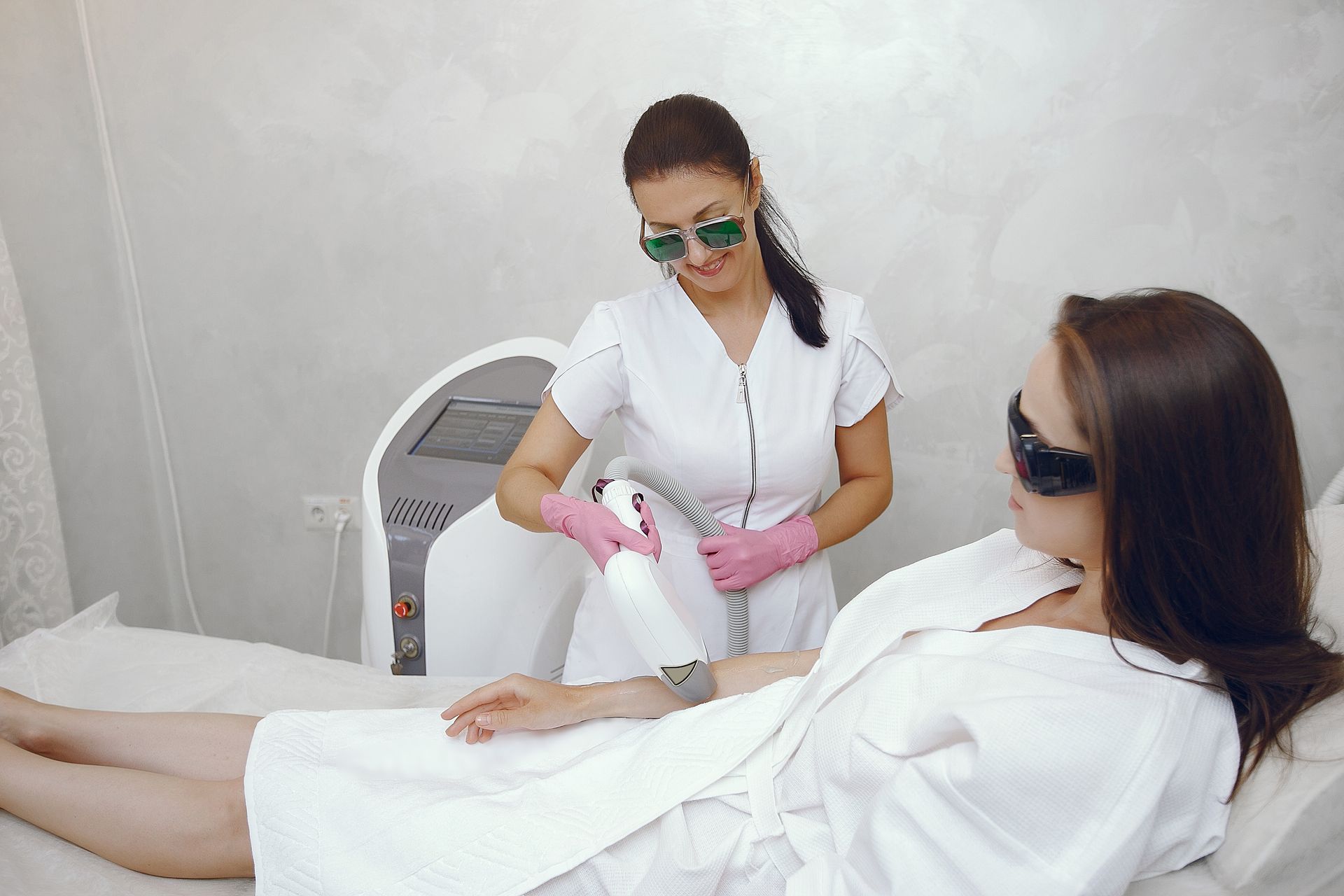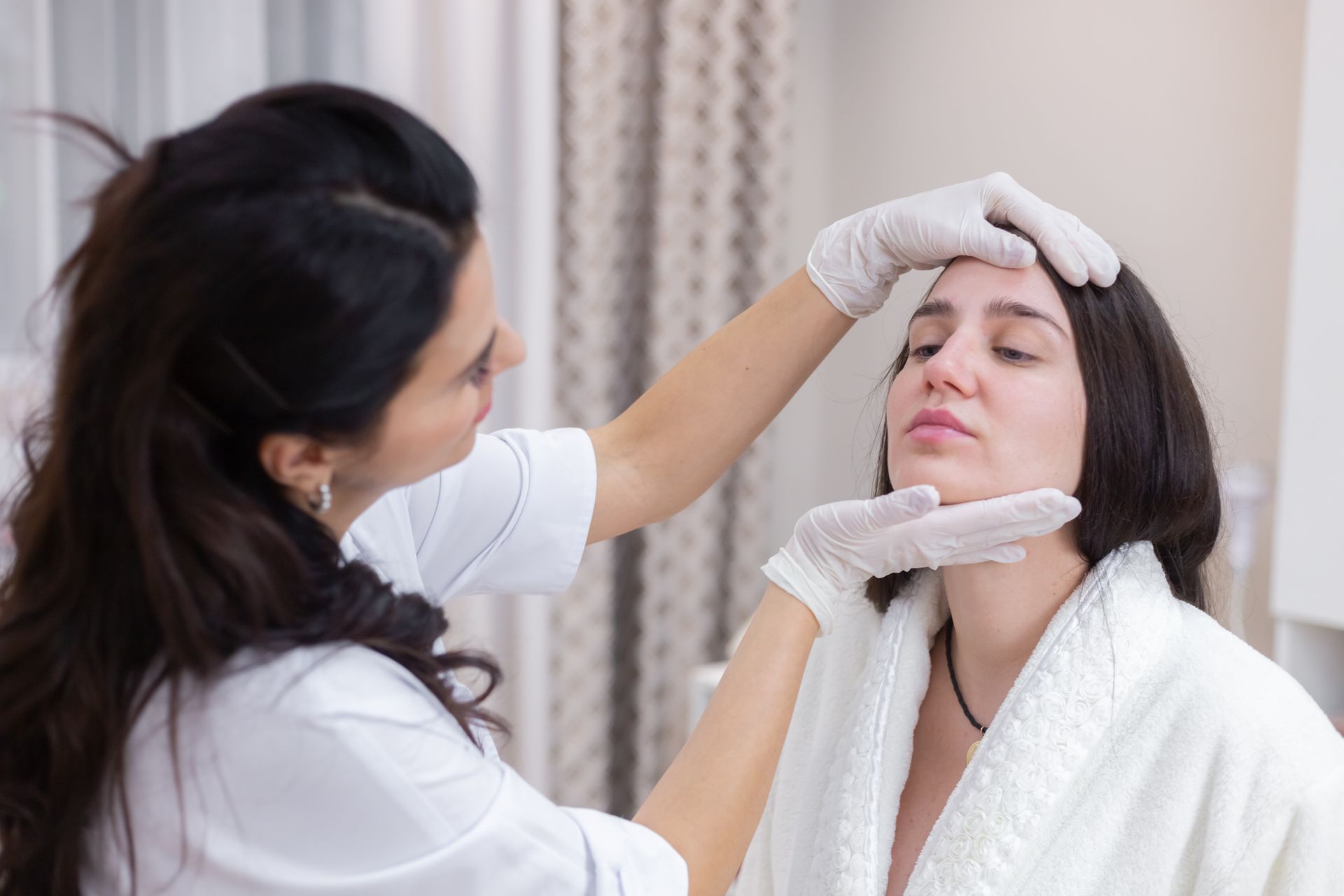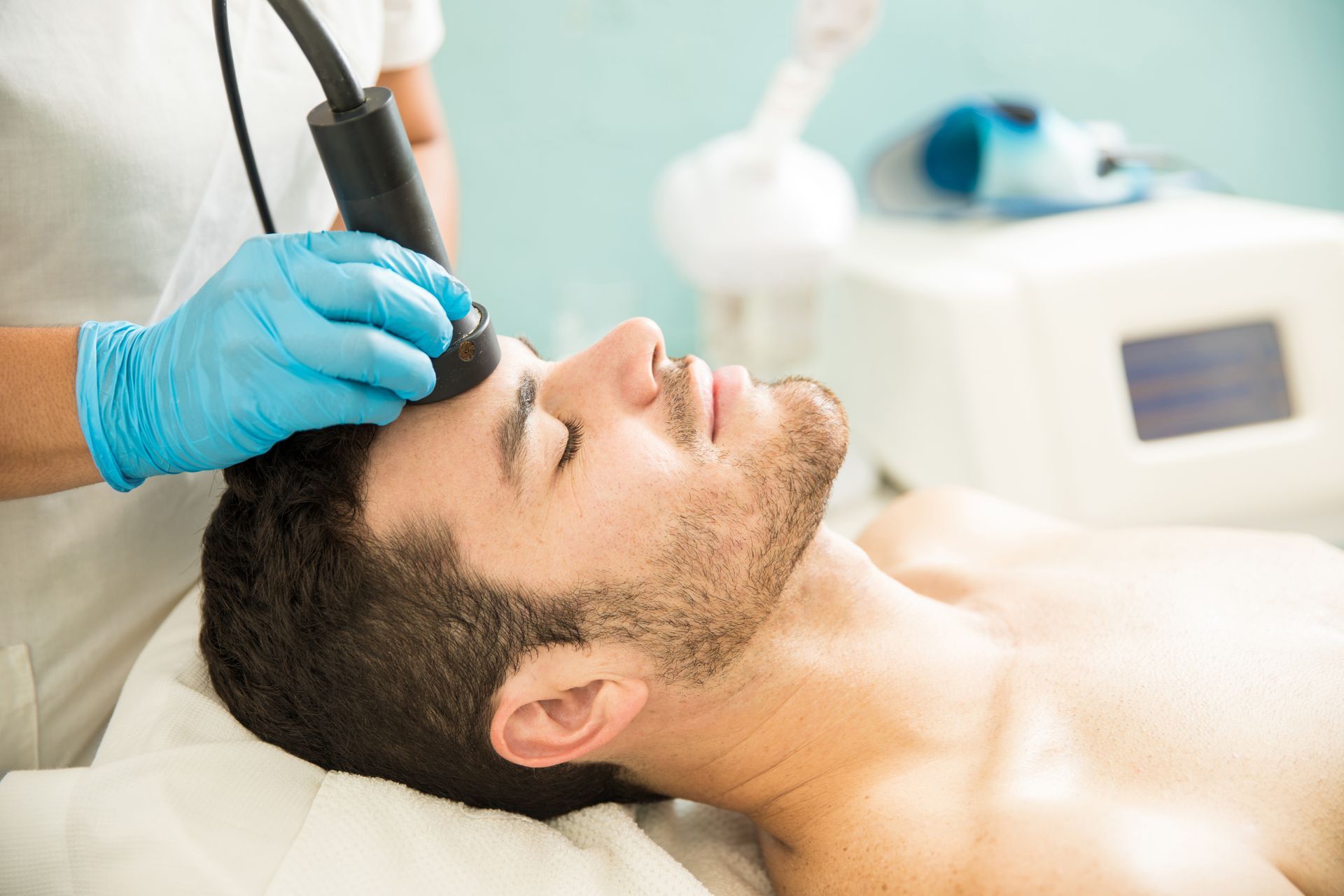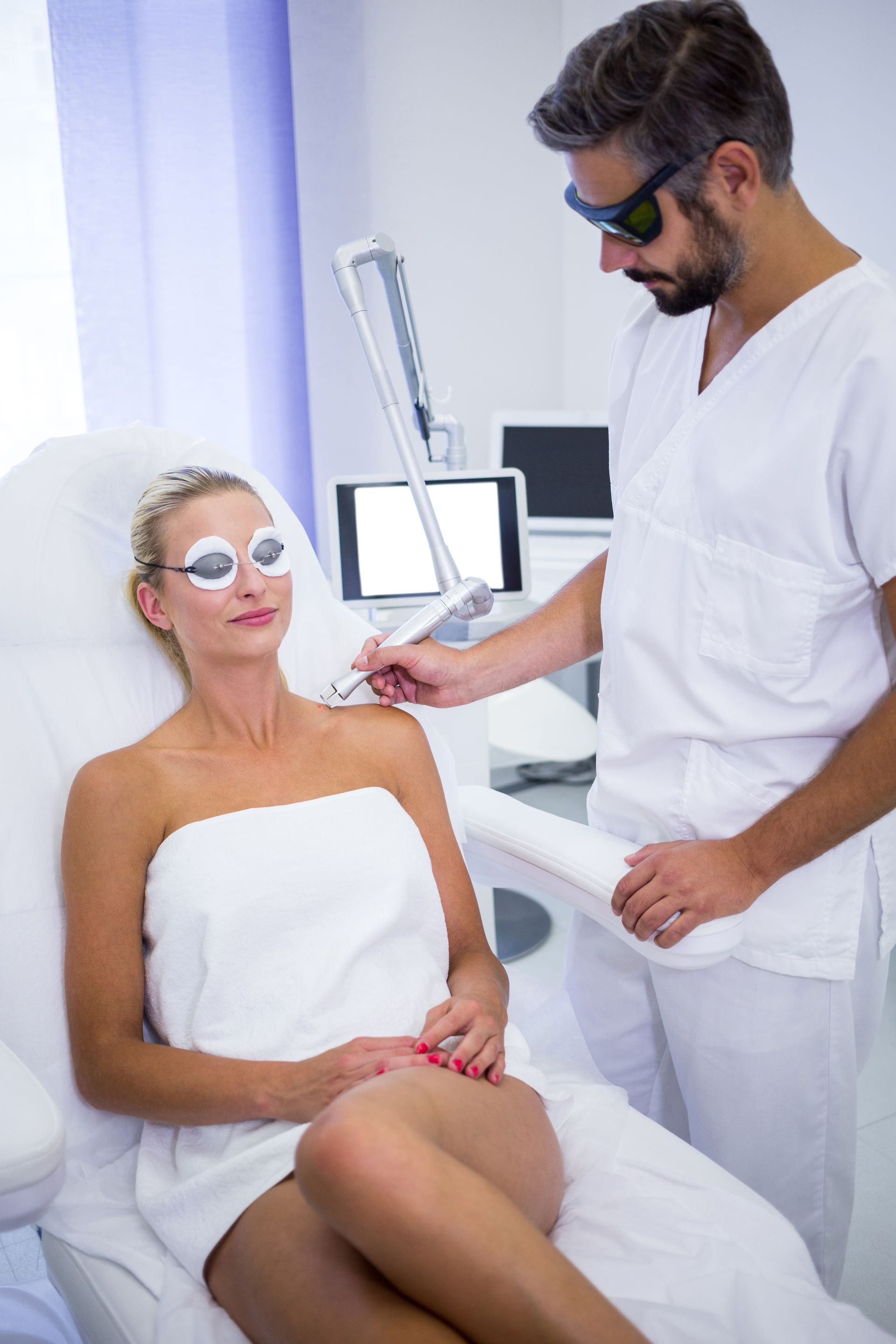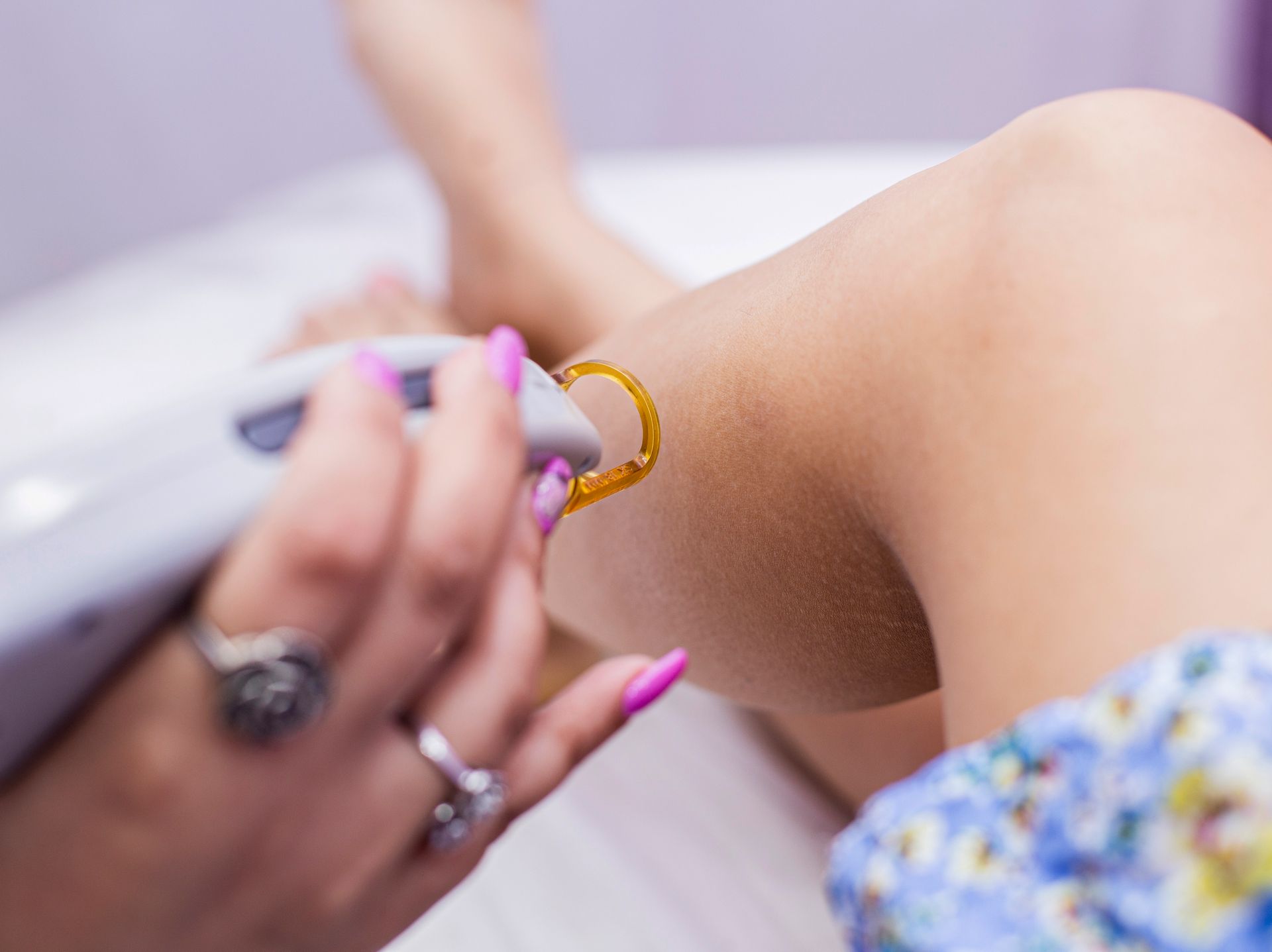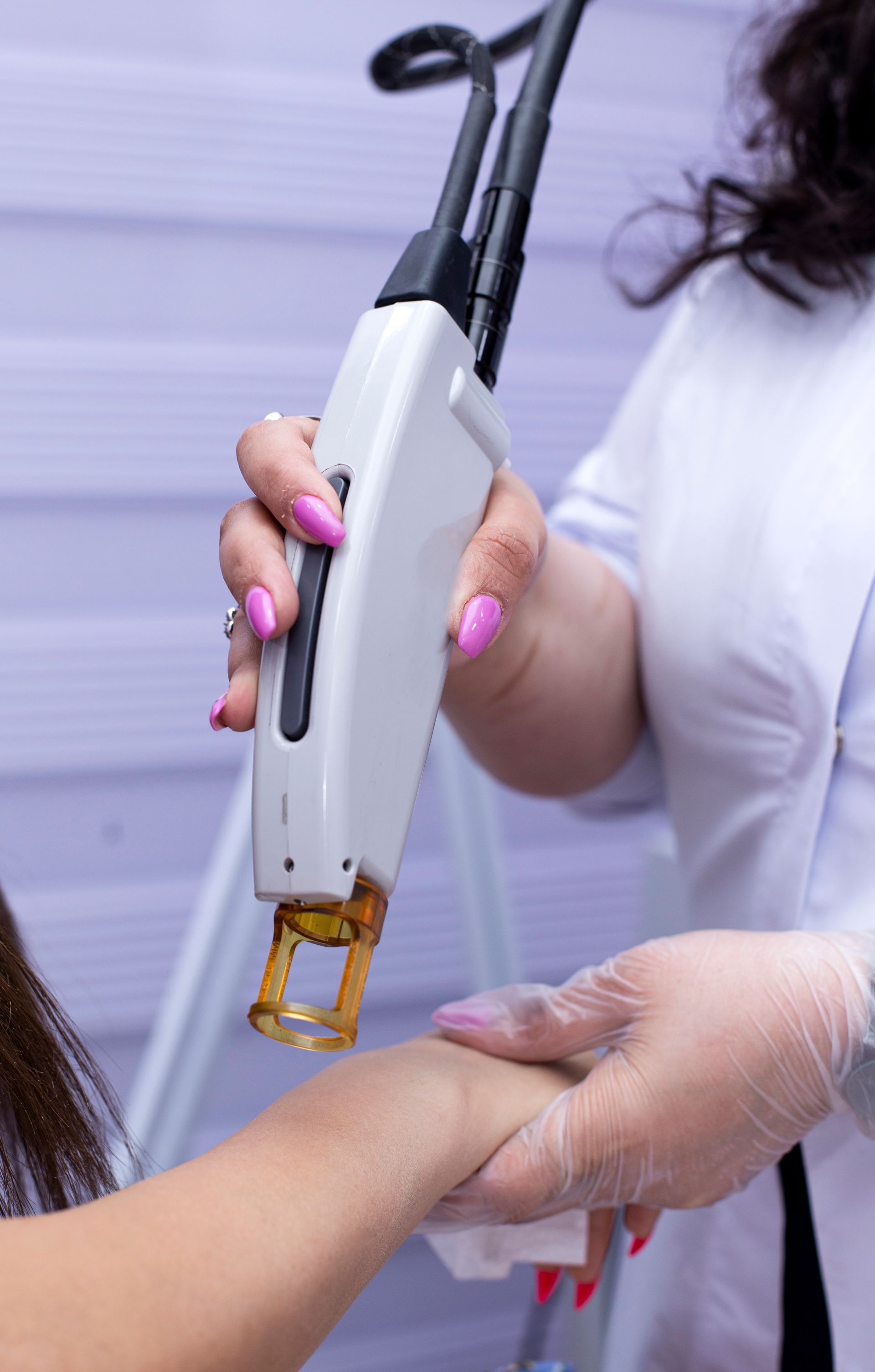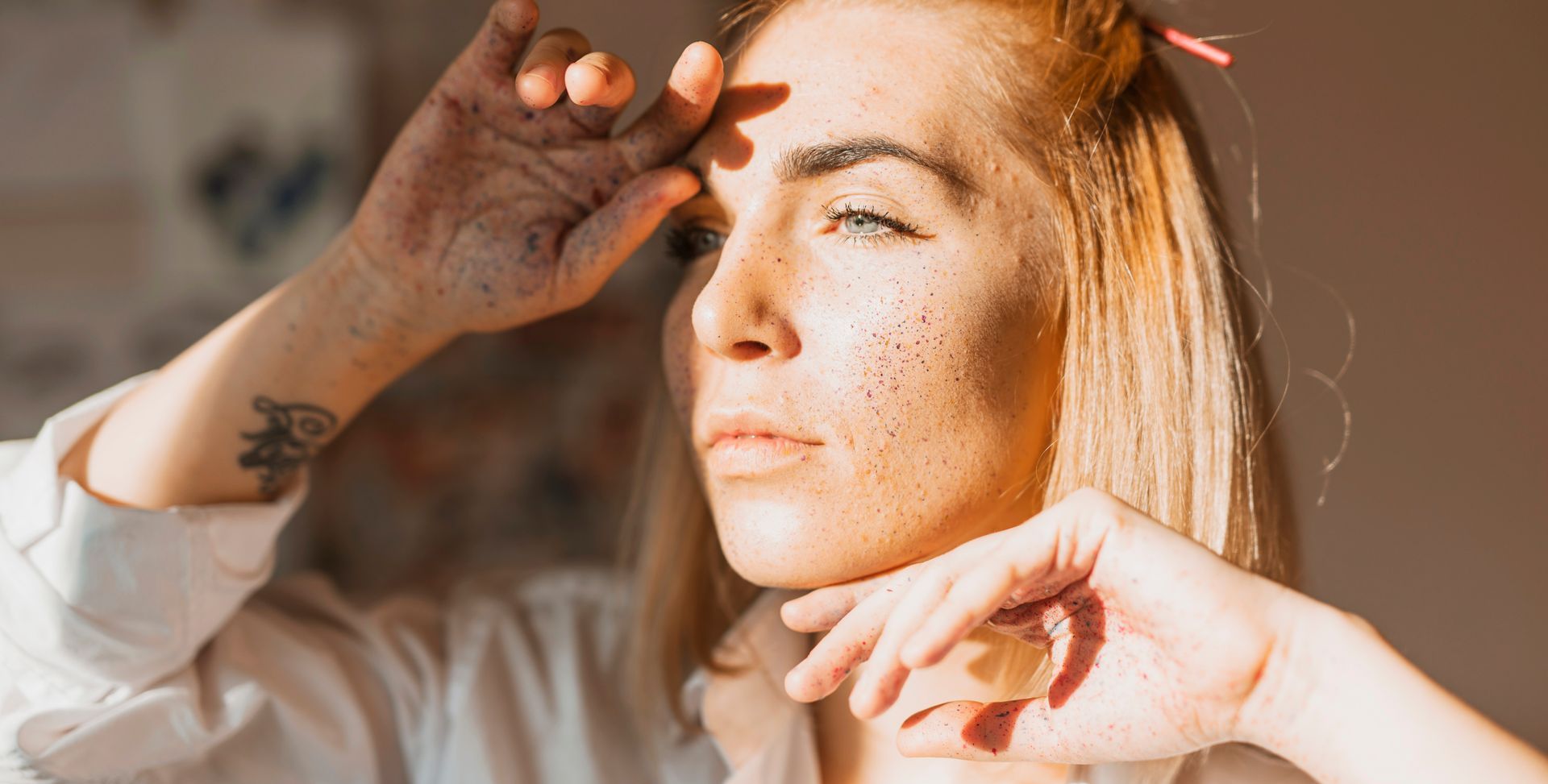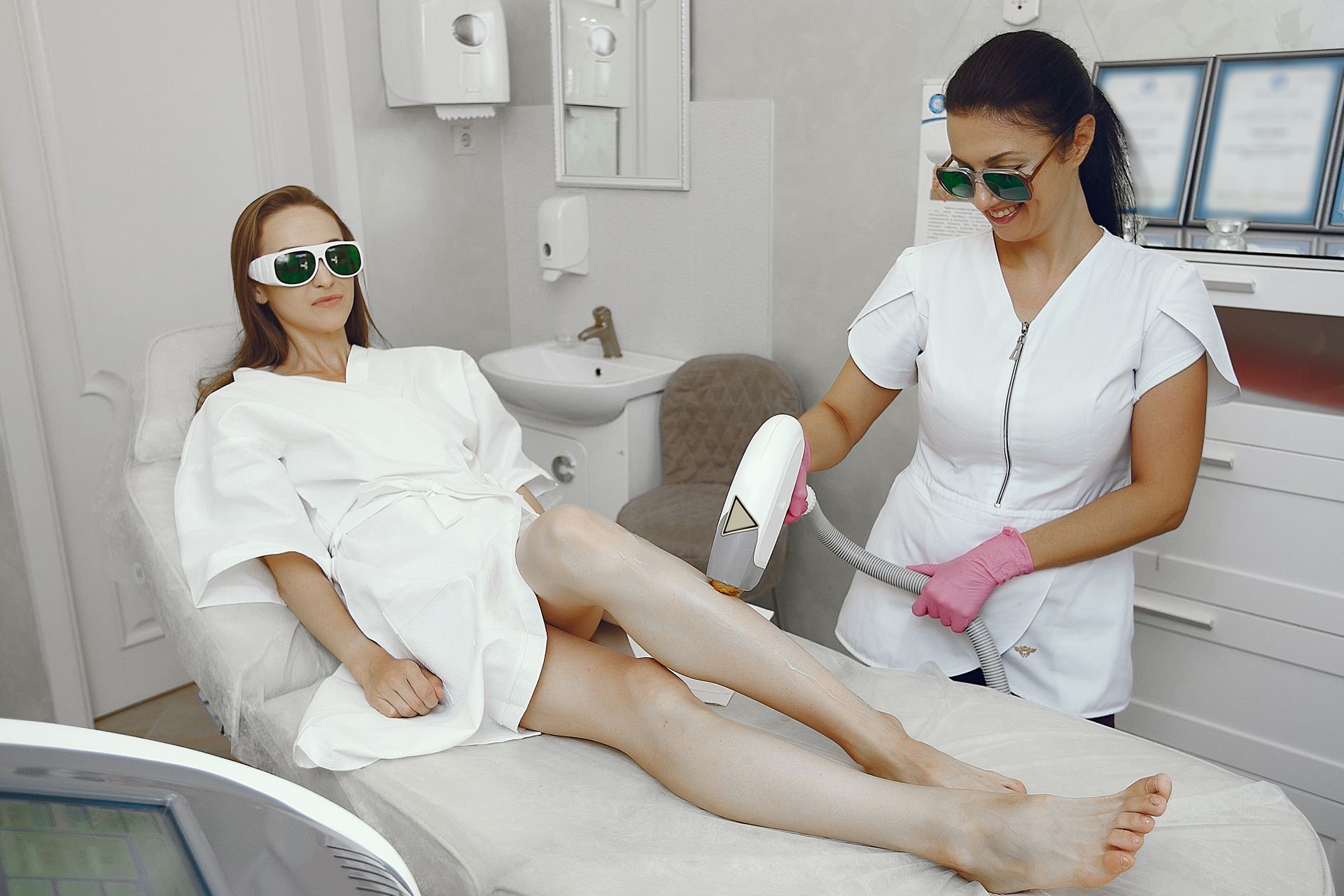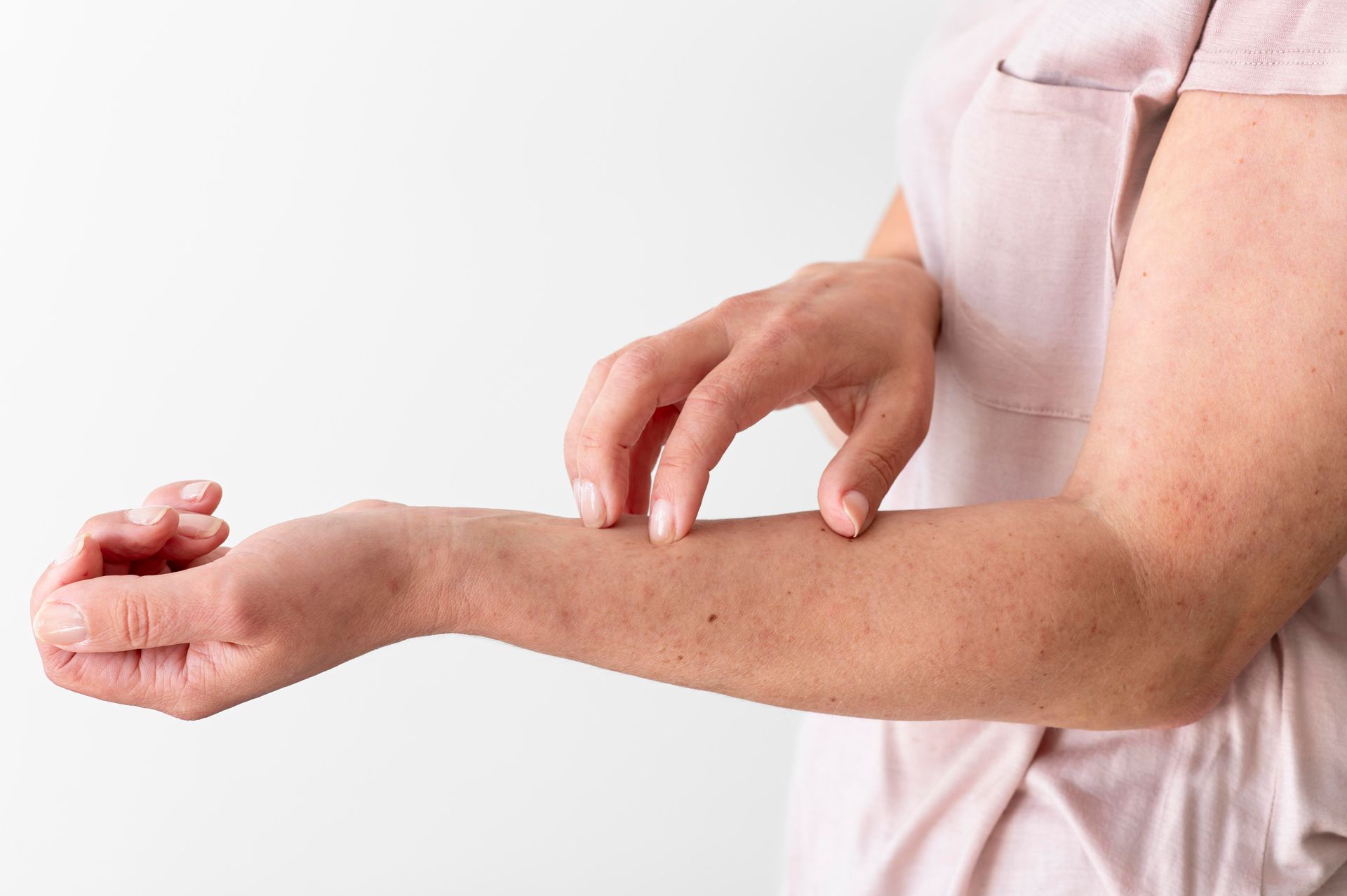How to Prepare for Your First Underarm Laser Session
Your first underarm laser hair removal appointment can feel intimidating—but good preparation means smoother sessions, better results, and fewer surprises. Here’s everything you need for a successful experience.
Can You Shave Before or After Underarm Laser Hair Removal?
Plan Ahead: Avoid Sun, Wax, and Harsh Products
At least two weeks before, avoid sun exposure, tanning beds, and self-tanners. Tanned or sunburned skin increases the risk of burns or pigmentation changes because the laser can mistake increased melanin for hair follicles. Skip waxing, tweezing, bleaching, or depilatory creams for a full 4–6 weeks before treatment—these methods remove the hair root, which the laser needs to target.
Shave, Don’t Pluck—or Over-Exfoliate
Shave the underarm area 24 to 48 hours before your session. This keeps the hair follicle intact but avoids surface hair that could cause laser burns. Don’t combine shaving with aggressive exfoliation right before your session—stick to gentle cleansers and mild rinsing to avoid skin irritation.
Skip Skincare Actives That Increase Sensitivity
Stop using products like retinol, glycolic acid, salicylic acid, benzoyl peroxide, and harsh peels at least 3–7 days before treatment, depending on your skin’s sensitivity. These compounds can thin or sensitise the skin and increase adverse reactions.
Clean, Bare Skin on the Day
On your appointment day, scrub, oil, makeup, deodorant and perfume are off-limits. Arrive with clean, dry underarms, free of any product residue to ensure the laser reaches the root effectively.
Inform Your Technician About Medications and Skin Changes
Some medications—like antibiotics, Accutane, high-strength retinoids, or NSAIDs—can increase photosensitivity and raise risk of irritation or even burns. Be transparent about all medications, supplements, and recent skincare routines so the technician can adjust settings or delay treatment, if needed.
What Not to Do Before and After Underarm Laser Hair Removal
Hydrate and Protect Your Skin
Drink plenty of water in the days before your appointment, and keep your skin nourished with a gentle, fragrance-free moisturizer—except on the treatment day when nothing should be applied before cleansing. A well-hydrated skin barrier reduces irritation and helps the laser work smoothly.
Wear Loose, Breathable Clothing
Choose cotton or flowy clothing on the day of. Tight or synthetic fabrics can irritate treated areas afterward or interfere with healing if cooling gels are applied.
Consider Timing Around Your Menstrual Cycle
Women may experience slightly heightened sensitivity during menstruation. If you're treating underarms or other sensitive areas, scheduling your appointment mid-cycle (days 6–14) may offer a more comfortable experience.
Schedule a Consultation or Patch Test
A consultation helps assess your hair and skin type and confirm whether underarm laser is safe for you. A patch test prior to the full treatment ensures the laser settings suit your skin, which reduces risk of side effects like burns or pigmentation.
Step-by-Step Preparation Timeline
2–6 weeks before:
• Avoid all hair removal methods except shaving
• Stay out of the sun and tanning beds
1 week before:
• Stop skincare actives like retinoids and glycolic acid
1–2 days before:
• Shave the underarms carefully using a fresh razor
• Don’t exfoliate harshly after shaving
Day of appointment:
• Cleanse with mild, product-free water
• Avoid applying any lotions, deodorants or perfumes
• Wear loose clothing and stay hydrated
• Use cooling gel or numbing cream if advised
What to Expect During Your First Session
A typical underarm laser session (actual treatment) lasts around 10–15 minutes, but your first appointment might be longer—about 20–30 minutes—to include a skin assessment, consultation, patch test, and aftercare review. If you’re using numbing cream, plan to arrive 30–60 minutes early so it can take effect without rushing.
After treatment, you may experience mild redness or warmth—the clinic may apply calming aloe gel. Avoid hot showers for 24–48 hours, and maintain sunscreen use, hydration, and gentle moisturizers to support healing.
Final Thoughts
Proper preparation can dramatically impact both comfort and results when it comes to laser hair removal. By avoiding sun, hair removal methods like waxing, skincare irritants, and ensuring clean, hydrated skin, you give your treatment the best chance of working effectively and safely. Combine this with thoughtful scheduling, honest medical disclosures, and comfortable clothing— and you’ll walk into your first underarm laser session feeling informed, calm, and ready to achieve long-lasting smoothness.
BOOK YOUR FREE SESSION
